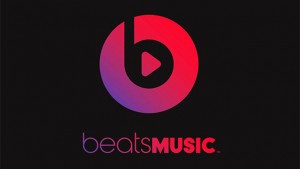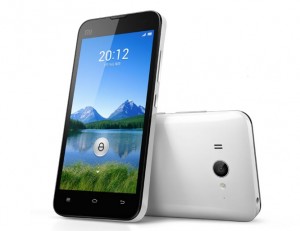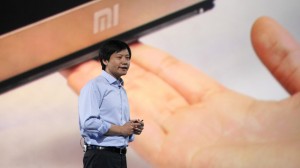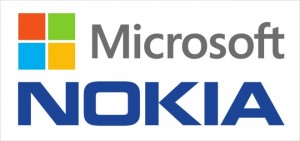First Nations’ representatives of British Columbia have a dispute with the federal government, claiming to shut down the $ 8-billion B.C. Hydroelectric mega project “Site C”. The purpose of “Site C” is to support the demand of energy for growing population in B.C., also support the regional oil, gas and mining industries.
In my opinion, it is hard to decidewhether it is right or wrong to construct the plant. From the government’s point of view,the “Site C” project could stimulate the economy, improving regional industry activities and generating more job opportunities.
On the other side, the cumulative impact tothe environment is devastating. This industrial development would destroy the farmland and wildlife habitat. Also, the project would result in serious adverse effects on the traditional hunting, fishing and other land uses of First Nations.
As a result, while conducting the review of the proposed site C hydroelectric project, the government should take careful considerations in the aspects of significant environmental & cultural impacts, as well as the violation on the First Nations’ constitutionally protected treaty rights. In addition, the government should examine other option as back up.
Work Cited:
O’Neil, Peter. “First Nation chiefs to stage Site C showdown “. 18 September 2014. Vancouver Sun. 7 October 2014.
http://www.vancouversun.com/news/First+Nation+chiefs+stage+Site+showdown/10215965/story.html
Image Reference:
http://energeticcity.ca/article/news/2014/07/25/b-c-hydro-and-cope-ratify-agreement
https://www.bchydro.com/energy-in-bc/projects/site_c.html






